July 17, 2017
Top performing organisations build six elements into their design
 Adopting agile ways of working makes a company five times more likely than competitors to be a top performer, with faster growth and higher profits, according to a new report from The Boston Consulting Group (BCG), “Boosting Performance Through Organization Design”. The report describes agile as ‘a concept borrowed from software development, describes workplace processes that emphasise speed, autonomy, and teamwork to get products to market faster’. It is one of six key factors of organisation design that set top performers apart from rivals, according to results of a BCG survey included in the report.
Adopting agile ways of working makes a company five times more likely than competitors to be a top performer, with faster growth and higher profits, according to a new report from The Boston Consulting Group (BCG), “Boosting Performance Through Organization Design”. The report describes agile as ‘a concept borrowed from software development, describes workplace processes that emphasise speed, autonomy, and teamwork to get products to market faster’. It is one of six key factors of organisation design that set top performers apart from rivals, according to results of a BCG survey included in the report.







 Britain’s most family friendly and flexible employers have been recognised in this year’s Top Employers for Working Families Awards. Now in their 8th year, the annual Top Employers for Working Families Special Awards from the UK’s work life balance charity cover 11 categories across a range of work life policies and practices. Four new sector-specific awards are being introduced this year for the private, public and third sectors; as well as a category for small employers. Sarah Jackson OBE, chief executive of Working Families, said: “In many ways, flexible working and family friendly working have never been more part of the bloodstream of British business. We had a record-breaking number of entries this year, showcasing a wealth of exciting approaches to creating agility in the workplace. Congratulations to all this year’s Top Employers for Working Families award winners, singled out because they offer leading flexible workplaces that support the grain of their employees’ lives. I look forward to working with them to make work work, for people, families and the economy, so that families thrive and business prospers.”
Britain’s most family friendly and flexible employers have been recognised in this year’s Top Employers for Working Families Awards. Now in their 8th year, the annual Top Employers for Working Families Special Awards from the UK’s work life balance charity cover 11 categories across a range of work life policies and practices. Four new sector-specific awards are being introduced this year for the private, public and third sectors; as well as a category for small employers. Sarah Jackson OBE, chief executive of Working Families, said: “In many ways, flexible working and family friendly working have never been more part of the bloodstream of British business. We had a record-breaking number of entries this year, showcasing a wealth of exciting approaches to creating agility in the workplace. Congratulations to all this year’s Top Employers for Working Families award winners, singled out because they offer leading flexible workplaces that support the grain of their employees’ lives. I look forward to working with them to make work work, for people, families and the economy, so that families thrive and business prospers.”
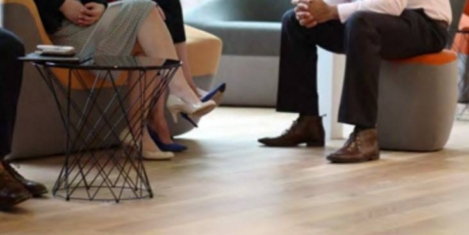
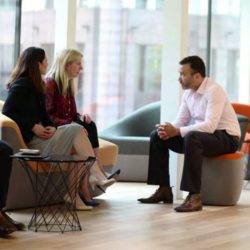





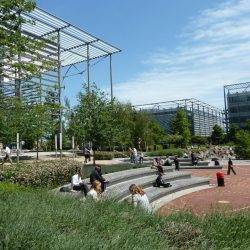
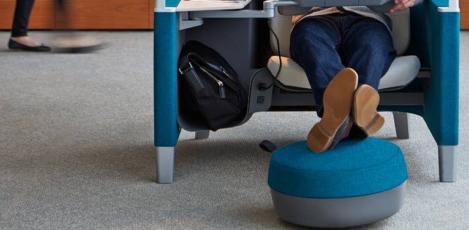
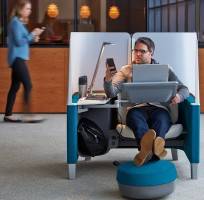














July 11, 2017
Creativity is the new productivity in the modern era of work and workplaces 0
by Serena Borghero • Comment, Facilities management, Workplace design
(more…)